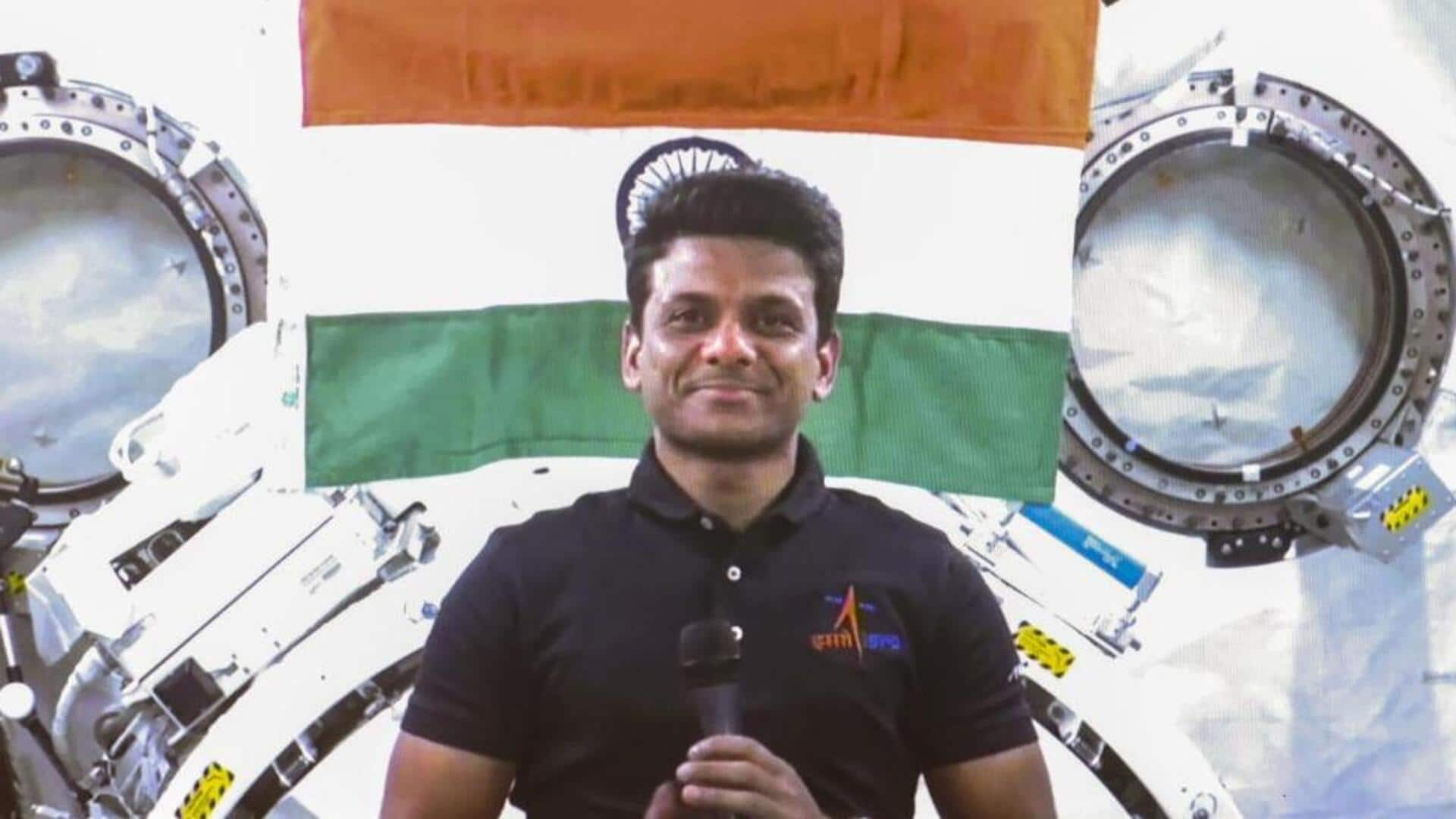
How the Sun's angle delayed Shubhanshu Shukla's return to Earth
What's the story
Indian astronaut Shubhanshu Shukla's return from the ISS, scheduled for around June 10, was postponed to today due to a phenomenon known as a high solar‑beta period. During this period, the angle between the Sun and the station's orbital plane exceeds approximately 70°, causing the ISS to remain continuously illuminated throughout its orbit. This extended sunlight affects station temperature and operational safety.
Temperature control
What happens under high solar beta conditions?
Under high solar beta conditions, a spacecraft is constantly bathed in sunlight, which can raise its external temperature to as high as 120-150°C. However, the internal temperature is maintained between 20-30°C for astronaut comfort and electronic equipment operation. This heat buildup strains station systems like radiators, solar panels, and even the spacecraft docked to the ISS. To avoid pushing systems beyond designed limits, NASA schedules sensitive activities—like undocking and re-entry—just after these periods end.
Mission delay
Return set for July 14, splashdown on July 15
The Axiom-4 crew's return journey is now set for later today with splashdown off the American coast at 3pm IST on July 15. At the time of writing, Shukla, the mission pilot, along with commander Peggy Whitson, and mission specialists Slawosz Uznanski-Wisniewski of Poland and Tibor Kapu of Hungary had entered the Dragon Grace spacecraft. They have donned their space suits for the 22.5-hour journey to Earth. The undocking is expected to happen at around 4:30pm IST.